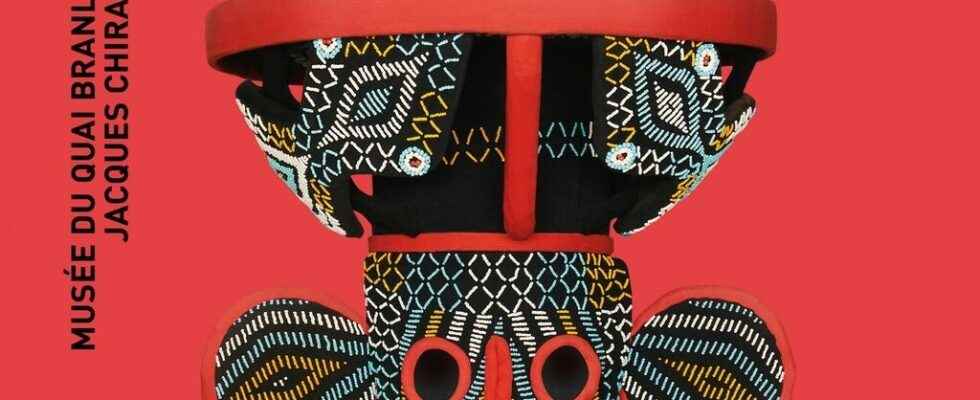The Musée du Quai Branly is devoting an exceptional exhibition to Cameroonian art from the Grassfields region. Through 270 works, the exhibition testifies to the unique cultural richness of the Hauts Plateaux in the west of the country.
It is on a journey between past and present, between visible and invisible that the Quai Branly museum invites us today. A trip that makes us discover all the rich heritage of the west and north-west of Cameroon, in this region of the Grassfields where the Bamileke and Bamoun traditions remain alive.
A journey “on the road to the chiefdoms” to use the title of this exhibition with its impressive scenography, which presents more than 270 works, including 230 coming directly from Cameroon. Some chefs even came to Paris to accompany the masks or the totems, it was even necessary to carry out “discharge” ceremonies so that they could be approached by the uninitiated.
The exhibition “On the road to the chiefdoms of Cameroon, from visible to invisible”, is being held in Paris, until July 17, 2022 at the Quai-Branly-Jacques Chirac Museum.
Our guests :
- Sylvain Djache-Nzefa (founder and general coordinator of the “Route des Chefferies” program)
- Dr. Rachel Mariembe (teacher-researcher at the Institute of Fine Arts of the University of Douala, in Nkomgsamba)
- Cindy Olohou (art historian, founder of Wasanii Ya Leo).
Report : In Tunisia, many have forgotten the so-called bread revolts of 1984 when the government had to raise the prices of bread, cereals and semolina at the request of the financial backer, the IMF. 38 years later, Lilia Blaise was interested in the work of a draftsman and a screenwriter who resurrected these events in a fiction, entitled ” A Tunisian revolt, the legend of chbayah “.
